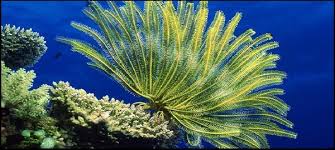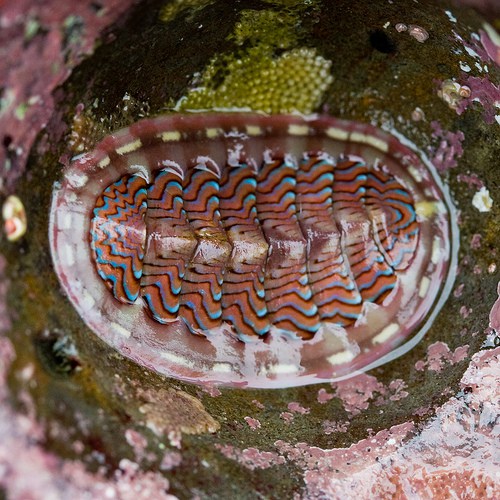Instructions:
Due as part of the Post-Lab for Lab Unit 7.
Download and complete the Fungal and Invertebrate Worksheet Worksheet. Then submit it to Moodle by the start of your lab as a Word doc or PDF.
Use the information you compiled in Tables 7-1 & 7-3, links provided below, and from the Fungi and Animal Invertebrate Basic Characteristics links information below and/or in Lab Unit 7 (main page) to answer these questions.
You may need to explore sublinks within the links below. If you do not see some of the images using Chrome as a browser, you may need to try using Firefox or Safari. This assignment is worth 20 points.
| Introduction to Fungi | Mushroom Poisoning | Slime Molds |
| Basidiomycetes | Fungal Food Processing | Corals |
| Zygomycetes | Fungal Pharmacy | Arthropods |
| Ascomycetes | Lichens | Insects |
Question 1
The Jack-O-Lantern mushroom (Omphalatus illudens) can easily be confused with prized Chanterelle mushrooms due to their bright orange color, though you should never eat wild mushrooms unless you are absolutely sure of their identity. Interestingly Jack-O-Lantern mushroom can bioluminescence, possibly attracting nighttime insects to spread their spores.
a. Name the phylum where you would place this organism. (0.5 pt)
b. Upon what characteristic can you see here to base your decision? (0.5 pt)
c. What toxin does this mushroom contain and what symptoms would you experience letting you know you are not eating Chanterelles? (1 pt)
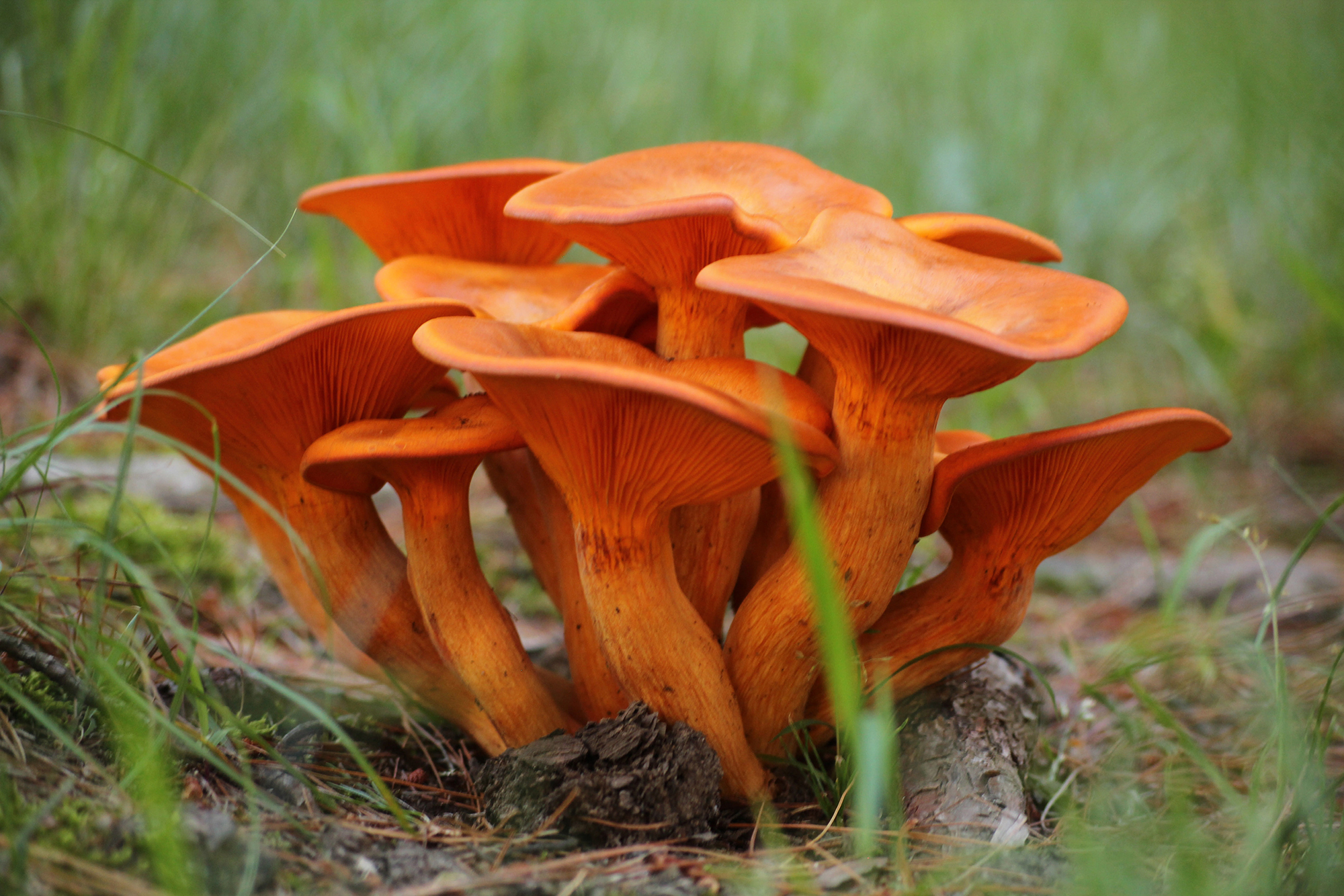
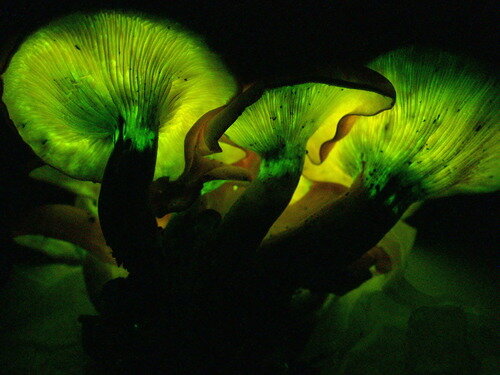
Question 2
While the first antibiotic was made from the fungus Penicillium, some species of Penicillium have been found to produce cholesterol lowering compounds. Name 1 of the species of Penicillium (give the full scientific name –written properly) that produces such compounds. (0.5 pt each)
a. Scientific name:
b. Why are these compounds important?
Question 3
When making brie or camembert cheese, the initial cheese curd is packed into molds, washed, salted, and then inoculated with a fungus. The fungus will impart flavor as it further digests the young cheese and forms the rind of the cheese. Name one species of fungi (give the full scientific name –written properly) that is used in making brie. In which phylum does it belong? (0.5 pt each)
a. Scientific Name:
b. Phylum:
Question 4
Name one ecological role that Fungi play in the environment. Explain why this is important. (1 pt each)
Question 5
Although lichens and slime molds are not true fungi, we often study them along with fungal groups. What characteristics of these groups align them with Fungi? (1 pt each)
a. Lichens:
b. Slime molds:
Question 6
a. What is the mechanism that leads to coral bleaching? (1 pt)
b. Why is coral bleaching such a dire problem? (1 pt)
Question 7
All worms are not created equal, nor do they belong to the same phyla.
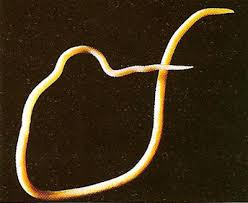 |
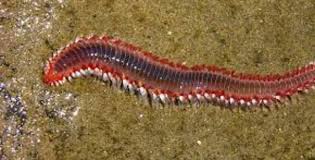 |
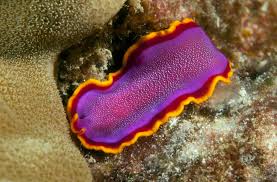 |
| i. Phyla = | ii. Phyla = | iii. Phyla = |
a. Name 2 of the “worms” shown above with their phylum. Be sure to indicate which worm you are naming in your answer <i, ii, and/or iii>. (0.5 pt each)
b. Describe how movement differs in the 2 phyla that you named. (2 pts)
Question 8
Crinoids do not look much like the other organisms in their phylum. (0.5 pt each)
a. To what phylum do they belong?
b. Name one key reason why they are placed in this phylum and not in another group?
Question 9
Your textbook divides the phylum Arthropoda into 4 major Classes: Chelicerata, Crustasea, Hexapoda and Myriapoda. (1 pt each)
a. Which Class is mostly aquatic in both fresh and marine waters? Some marine species are especially important at the base of important food chains.
b. Name one example organism from this Class of Arthropods.
c. Describe one major characteristic that distinguishes this Class from the other three Classes?
Question 10
The organism pictured below belongs to the phylum Mollusca. (1 pt each)
a. To which class of Mollusca does this animal belong?
b. Without any obvious limbs, explain the pictured organism moves?
c. If this organism did not have 8 shell-like plates on its back/dorsal side, but instead possesses a spiral or coiled shaped exoskeleton and moves with a muscular foot, in which Class of Mollusc would you now place it?
